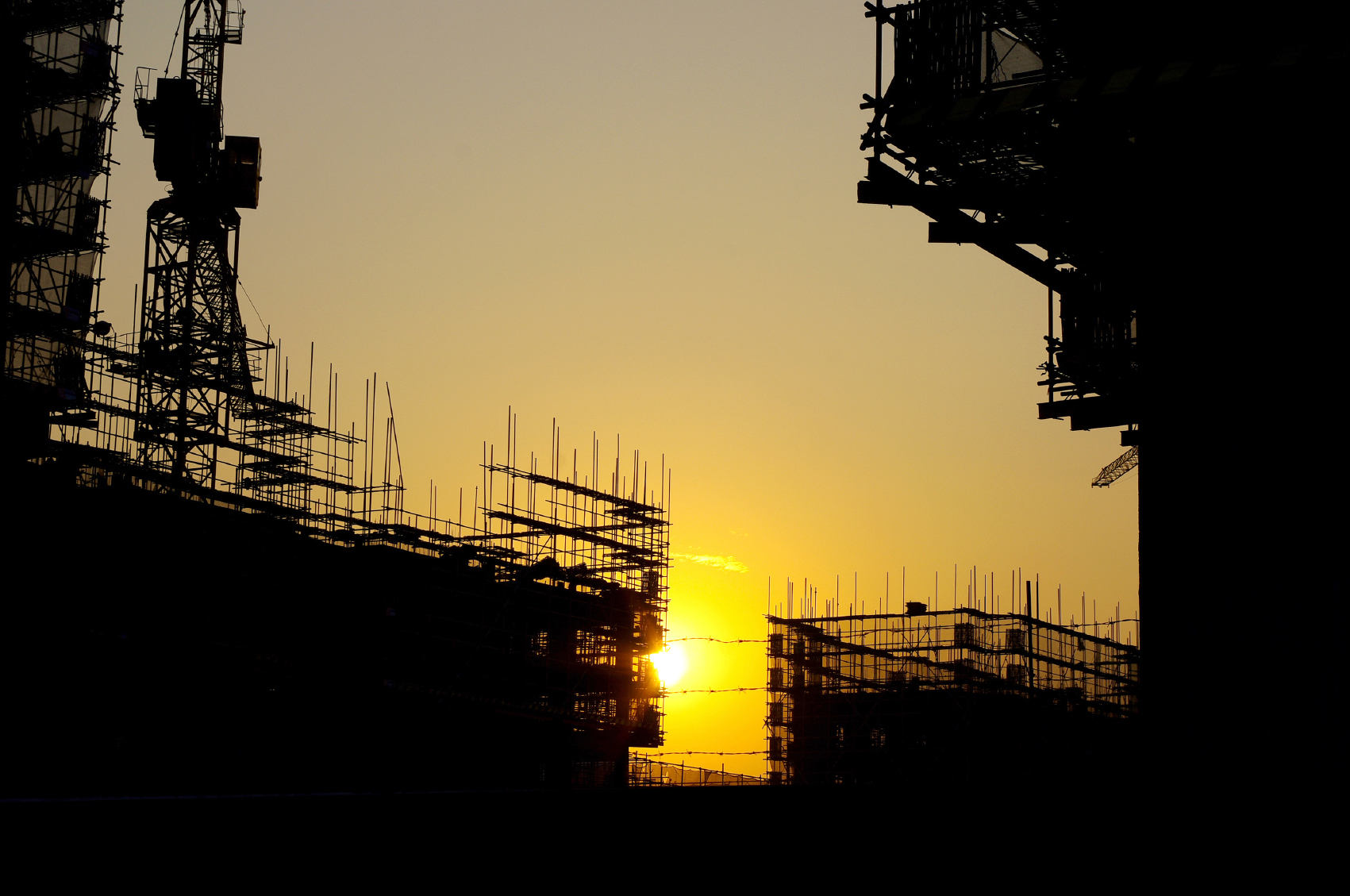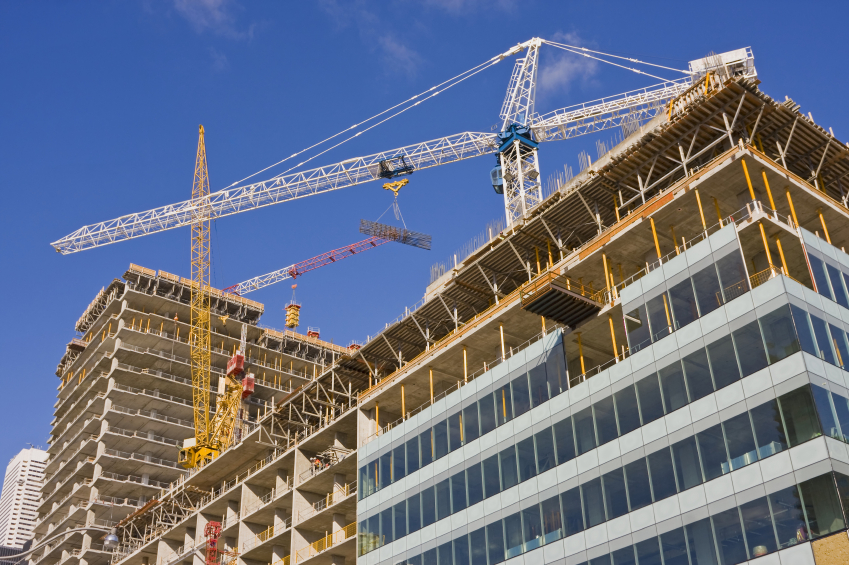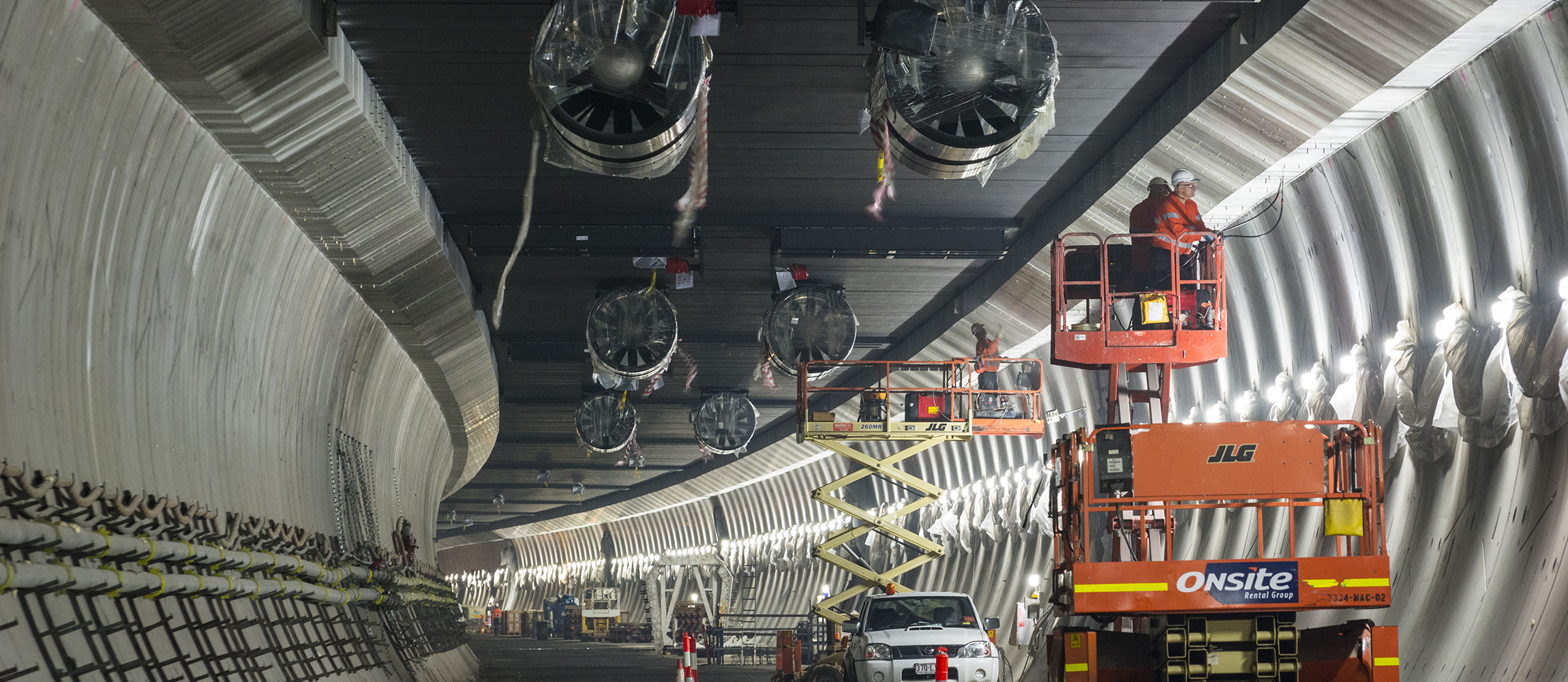Oversupply ‘Disaster’! Really?
When there are supply constraints on new housing, it is pronounced a ‘disaster’ because it drives prices up and reduces affordability. So now, when Brisbane has been delivered a surge in residential unit supply, it seems that’s a ‘disaster’ too.
The doomsayers, and the media who always love a good ‘disaster’, can’t have it both ways. We explore some potentially positive effects to flow from the impending apartment oversupply.
“Things are never as good as you think they are
or ever as bad as you think they are.”
Troy Aikman, sportsman & broadcaster
We do not subscribe to the Armageddon theories suggesting a looming property market disaster. Yes, we do appear to be facing an apartment oversupply in Brisbane.
But, with a generational CBD redevelopment and infrastructure project ($3 billion Queen’s Wharf) about to start, the falling Australian dollar, and an international student economy set to double in the next decade, it’s unlikely to be as bad as the scaremongers would us believe.
In recent decades, every time the issue of poor housing affordability arises, governments and authorities are roundly criticised for failing to deliver enough land for housing supply.
Brisbane City Council took the view that selective planning relaxations could stimulate urban renewal in strategic areas, particularly in inner city locations around transport infrastructure.
By increasing permitted densities in the target areas, they encouraged apartment development by significantly reducing the land content cost to developers per unit. Lower land cost per unit, in turn, is reflected in the end price of units.
The council’s strategy worked. In tandem with other favourable market conditions, it has been the catalyst for a surge in unit development, resulting in the large apartment supply pipeline we now see.
Rather than the media now making out this surge in supply to be some kind of disaster, shouldn’t they be lauding it? Strong supply will place downward pressure on prices, ensuring developers keep margins to a minimum as they compete for buyers.
This then gives more Australians the opportunity to buy residential apartment accommodation in well-serviced lifestyle precincts around transport hubs. Surely that is the exact aim of using planning controls as tools for social engineering.
Without debating of the design quality of the current crop of units (underwhelming, to say the least), we do believe council’s approach has been an excellent one that is delivering what people have been asking for.
Even if a large percentage of apartments are taken up by investors rather than owner-occupiers, that too has the positive effect of driving down rents and the cost of living for people who want to reside in appealing, well-serviced locations.
Another positive impact has been the revitalisation of many urban centres. As well as the traditional higher density inner city areas of New Farm, Milton, Toowong, West End and South Brisbane, the stimulus has benefited Newstead, Albion, Bowen Hills, Wooloongabba, Stones Corner and even middle ring locales like Annerley, Nundah and Chermside.
For Brisbane homebuyers, the boost to apartment supply also comes at a time when other economic factors are brightening the housing affordability outlook.
The recent Adelaide Bank / REIA Housing Affordability Report said housing affordability had improved nationally in the March quarter thanks to the influence of lower loan repayments and higher wages. Mortgage rates continue to be driven down, with the May RBA cut to official interest rates taking it to a record 1.75% low.
In Brisbane, in the December quarter 2015, the median unit price fell 2.1% while the vacancy rate eased to 3.1% overall and 3.8% in the inner ring.
So, instead of looking at the temporary period of unit oversupply as a trigger for ‘disaster’, we should be viewing it as a big opportunity for many more people to enjoy a vibrant, well-connected and well-serviced urban lifestyle – at a more affordable price.



